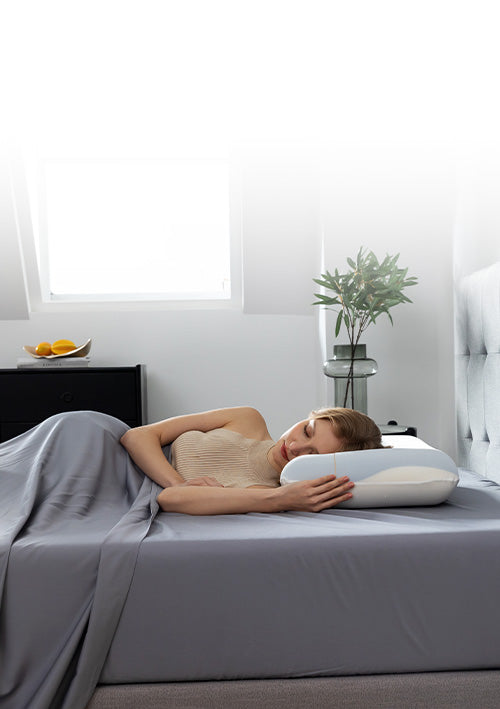Filter by
All
Pillows
Accessories
Pillows
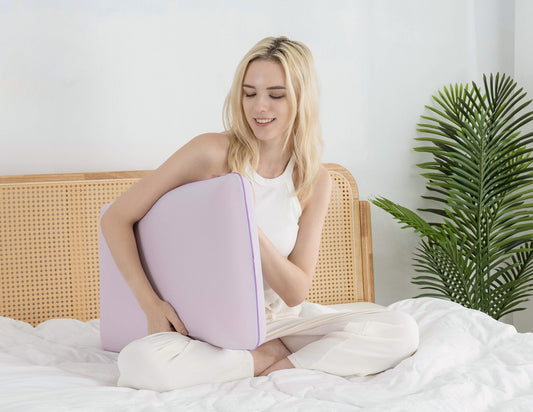
Cooling Gel Pillow
starting from
$92.90
$59.90
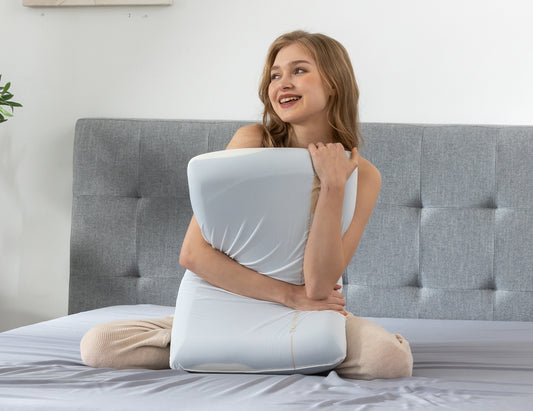
Premium Comfort Pillow
starting from
$89
$59
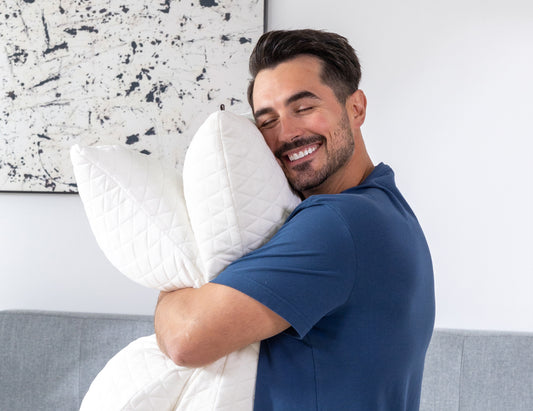
Comfort Relax Pillow
starting from
$64.90
$45.90
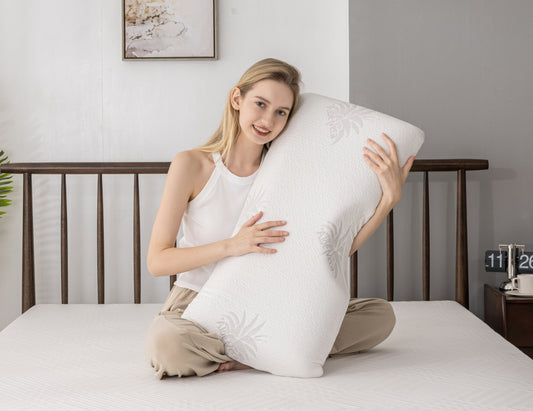
Serenity Pillow
starting from
$99
$69
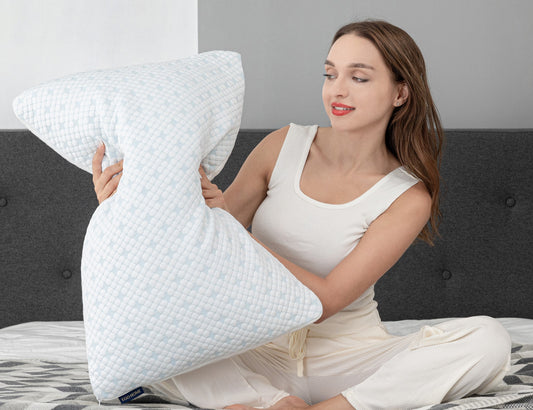
Cooling Adjustable Pillow
starting from
$74.90
$47.90
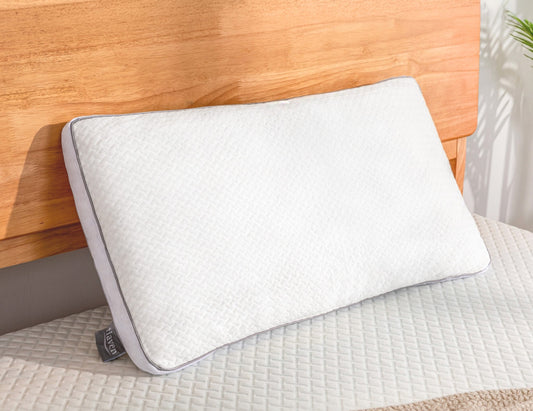
Haven Comfort Pillow
starting from
$74.90
$47.90

Harmony Classic Pillow
starting from
$72.90
$52.90
Accessories
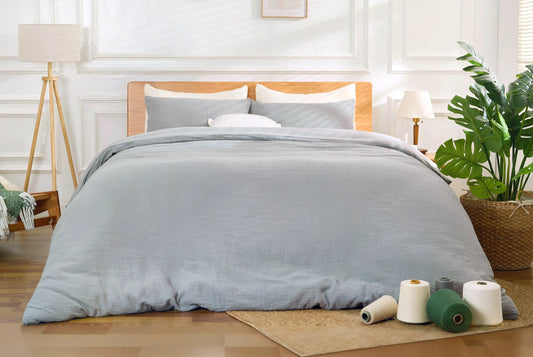
100% Cotton Duvet Cover Set
starting from
$94.90
$74.90
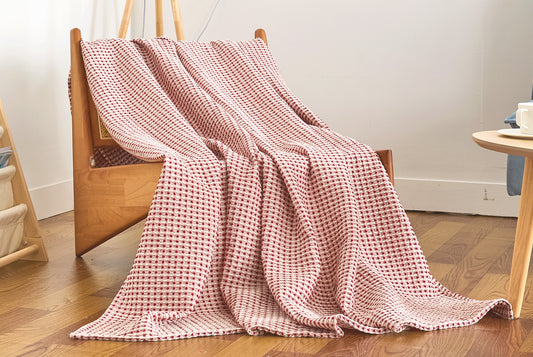
100% Cotton Waffle Weave Blanket
starting from
$59.90
$49.90
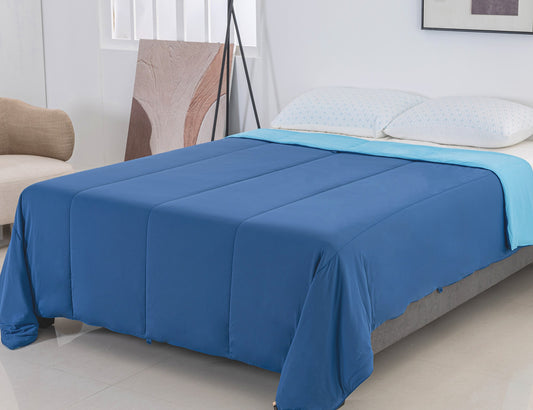
Dual-Sided Cooling Comforter
starting from
$179
$124.90
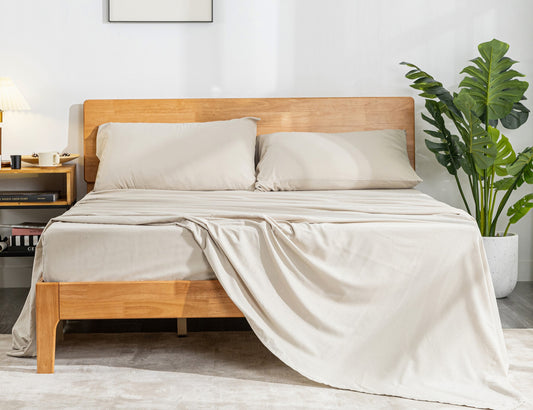
Washed Microfiber Sheet Sets
starting from
$89.90
$57.90
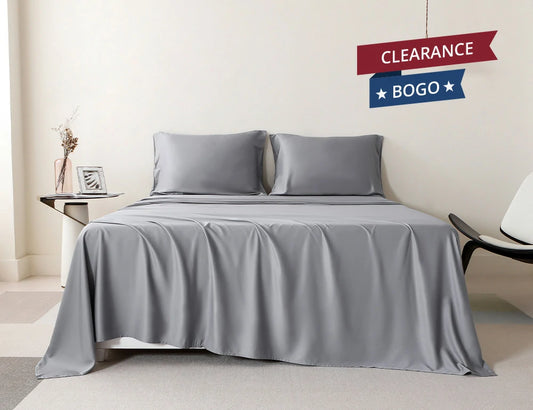
Bamboo Bed Sheet Sets
starting from
$139
$89.90
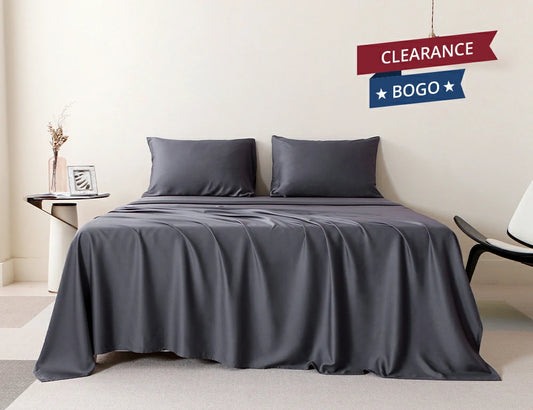
Bamboo Bed Sheet Sets
starting from
$139
$89.90
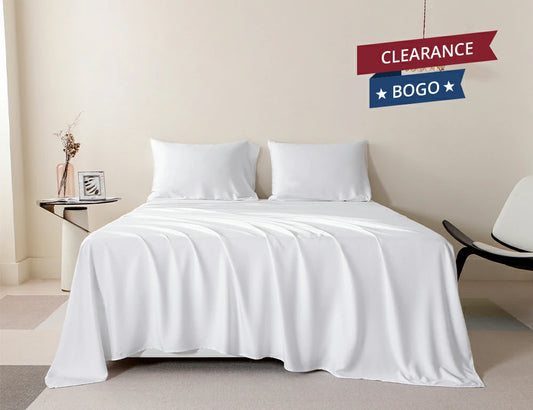
Bamboo Bed Sheet Sets
starting from
$139
$89.90
Designed for Every Body
Our Gel AeroFusion Foam® adapts to your shape, offering personalized support
and cooling comfort. With advanced gel infusion, it prevents overheating for a
refreshing, restful sleep—so you wake up ready to take on the day.
and cooling comfort. With advanced gel infusion, it prevents overheating for a
refreshing, restful sleep—so you wake up ready to take on the day.
All-Climate Comfort
Enjoy the comfort of memory foam without temperature worries. Our Gel AeroFusion Foam® delivers consistent support in any season.
Unmatched Support
Our Gel AeroFusion Foam® adapts to your body, relieving pressure and evenly dispersing weight for restful sleep in any position.
Motion Isolation
Sleep undisturbed, even if your partner moves. Gel AeroFusion Foam® minimizes motion transfer for uninterrupted, deep sleep.
Better Temp Control
Stay cool all night with our gel-infused foam, designed to regulate temperature and keep you comfortable, even on warm nights.
Included with EGOHOME Mattress Toppers

30-Night Home Trial
Sleep soundly or your money back—no hassle.

5-Year Limited Warranty
Rest easy knowing your purchase is protected.

Free Shipping & Easy Returns
Enjoy free delivery and painless returns across the continental U.S.

Financing Available
Flexible financing options available to make comfort more accessible.
What People Say
Got Questions? We've Got Answers.
Filter by
Care & Maintenance
Buying Guide
Product Details
Usage Guide
Health & Safety
